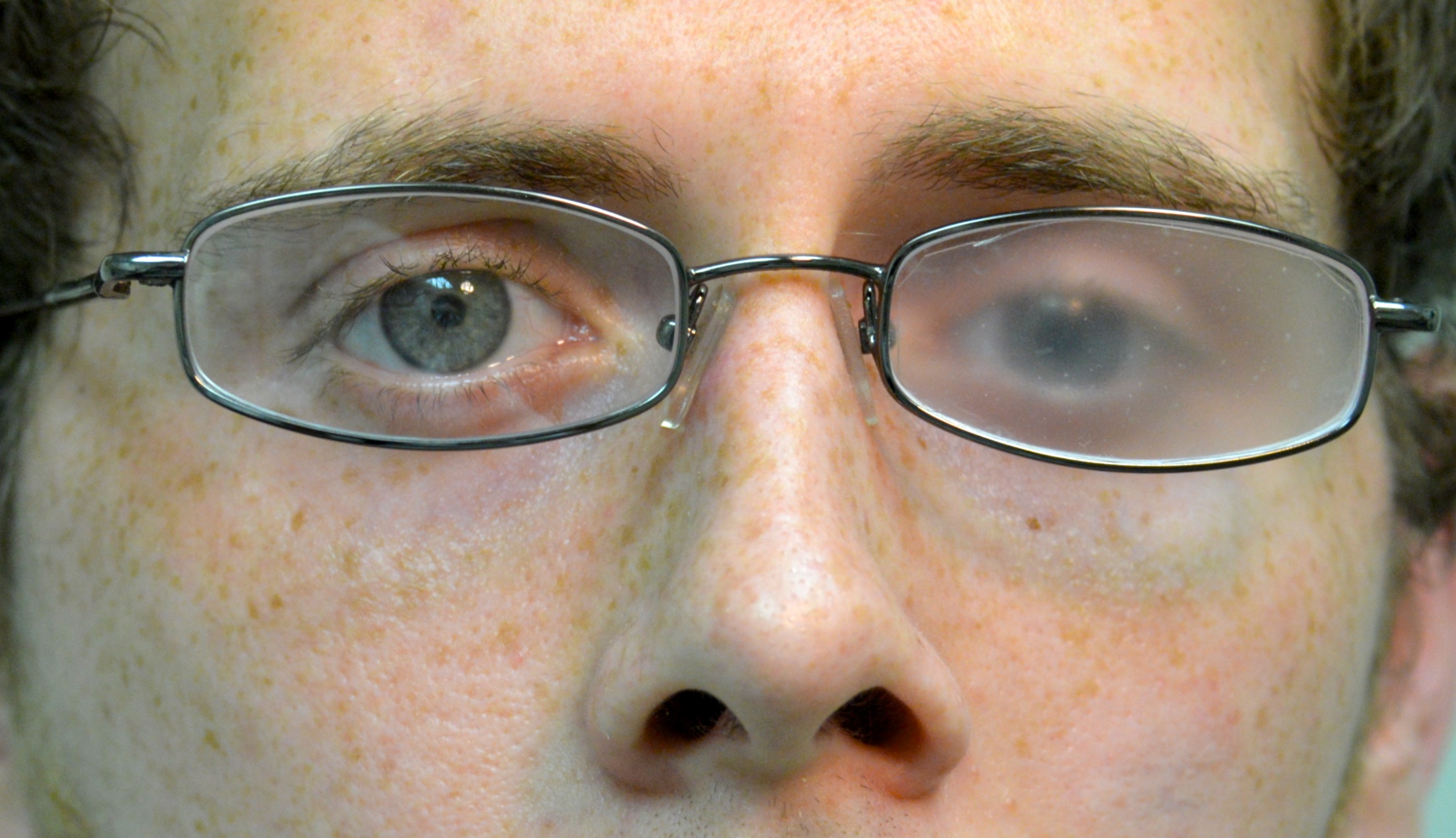Double Vision
Double vision is a highly debilitating problem. Sudden onset of double vision without a history of brain injury or other trauma can require urgent diagnostic evaluation and a full neuro-ophthalmological work-up and intervention. Our discussion here relates to double vision from a known TBI cause like an accident or tumor. Our brains deal with blurred vision much better than seeing multiple images. The brain must constantly try to sort out which image is correct.
True double vision means you see two images of the same object. It is a disruption of the binocular system that aligns the two eyes precisely. It results from to the control centers or nerves damage in the brain that guide and align our eyes or from the direct damage to the eye muscles, which can occur in a major trauma. Palinopsia is a rare condition caused by damage in the brain that can cause the patient to see many images at one time. Additionally, ghost images may occur from uncorrected astigmatism or direct damage to the eyes.
Checklist: Double Vision and Palinopsia
- Seeing double (two images) constantly or intermittently.
- Seeing two images only when looking in a certain direction often to the left or right.
- Seeing a “ghost” image overlapping the main image.
- Seeing many images of the same object (more than two).
- Seeing two objects that are side-by-side up, and down or diagonally apart.
- Closing one eye when driving or reading.
- Getting fatigued easily when reading.
- Looking away from an object, but still seeing a faded image of the object.
Following a TBI, double vision can present as a temporary disruption slowly improving over time or be a permanent intractable condition that cannot be easily treated with prisms, therapy or surgery. Our doctors work with each patient to find the best approach to stop the double vision. This might be prisms, press-on prisms or occlusion. An eye should not be totally blocked with the use of black pirate patch because it will affect the peripheral visual field of the patient. The use of a Mins lens or special occlusive filters can be used to block a minimal area of vision to control the double vision thus alleviating the problem for the patient with the least impairment of the visual field..

